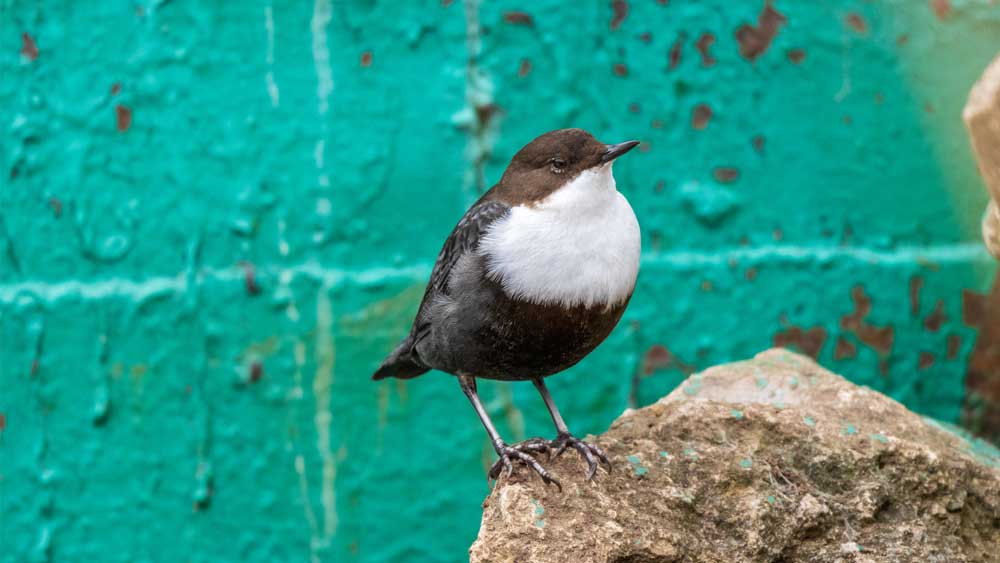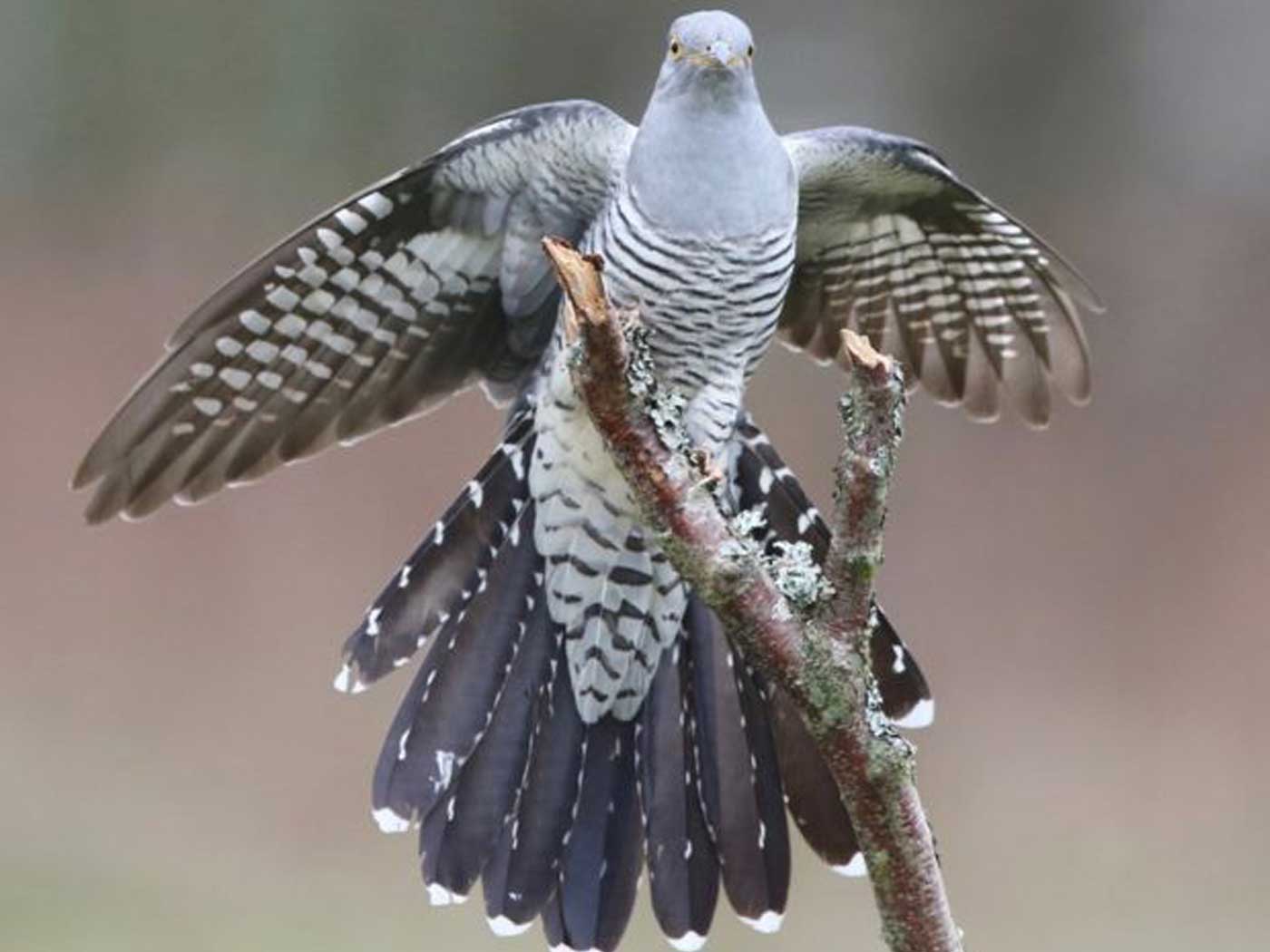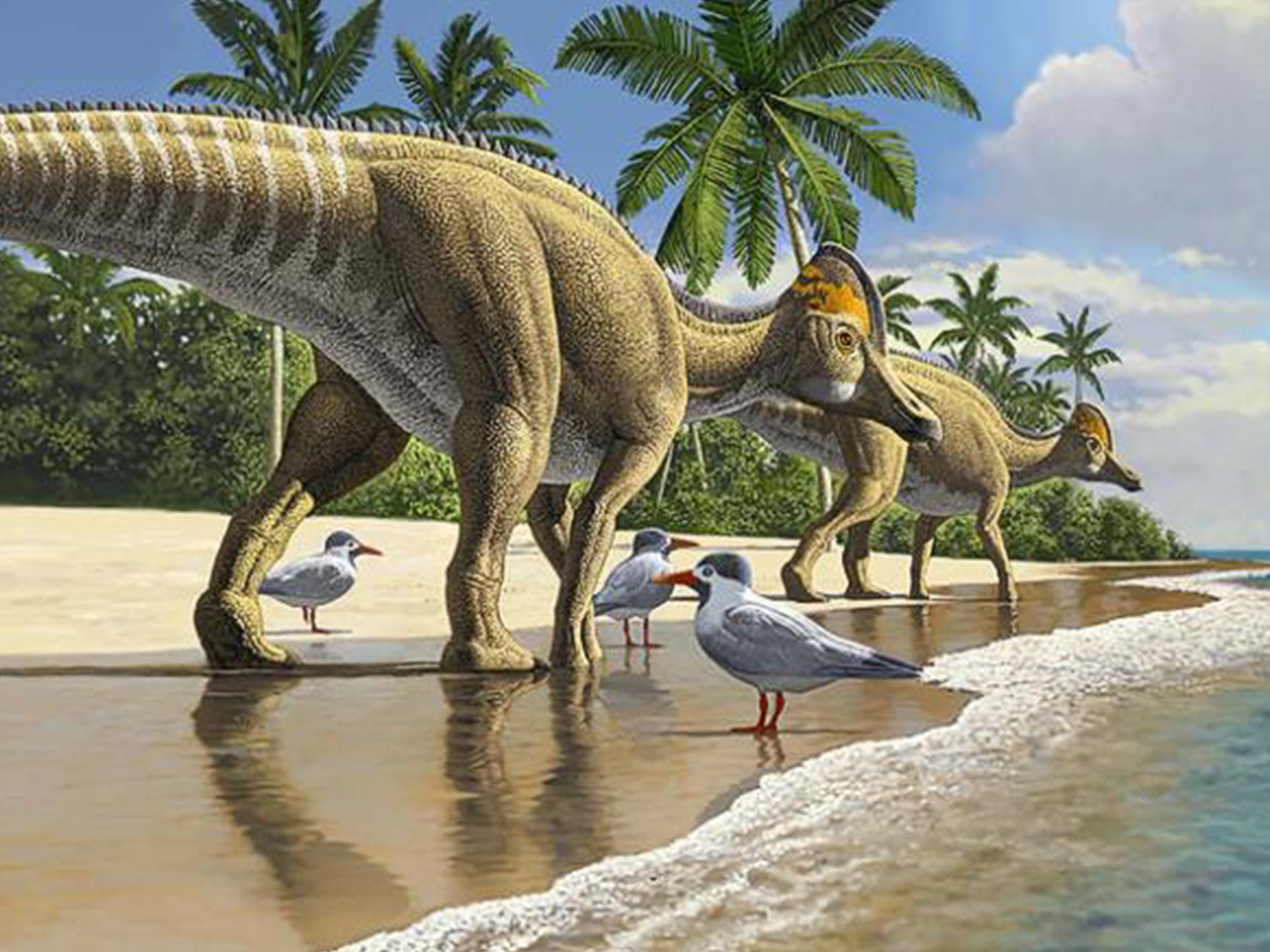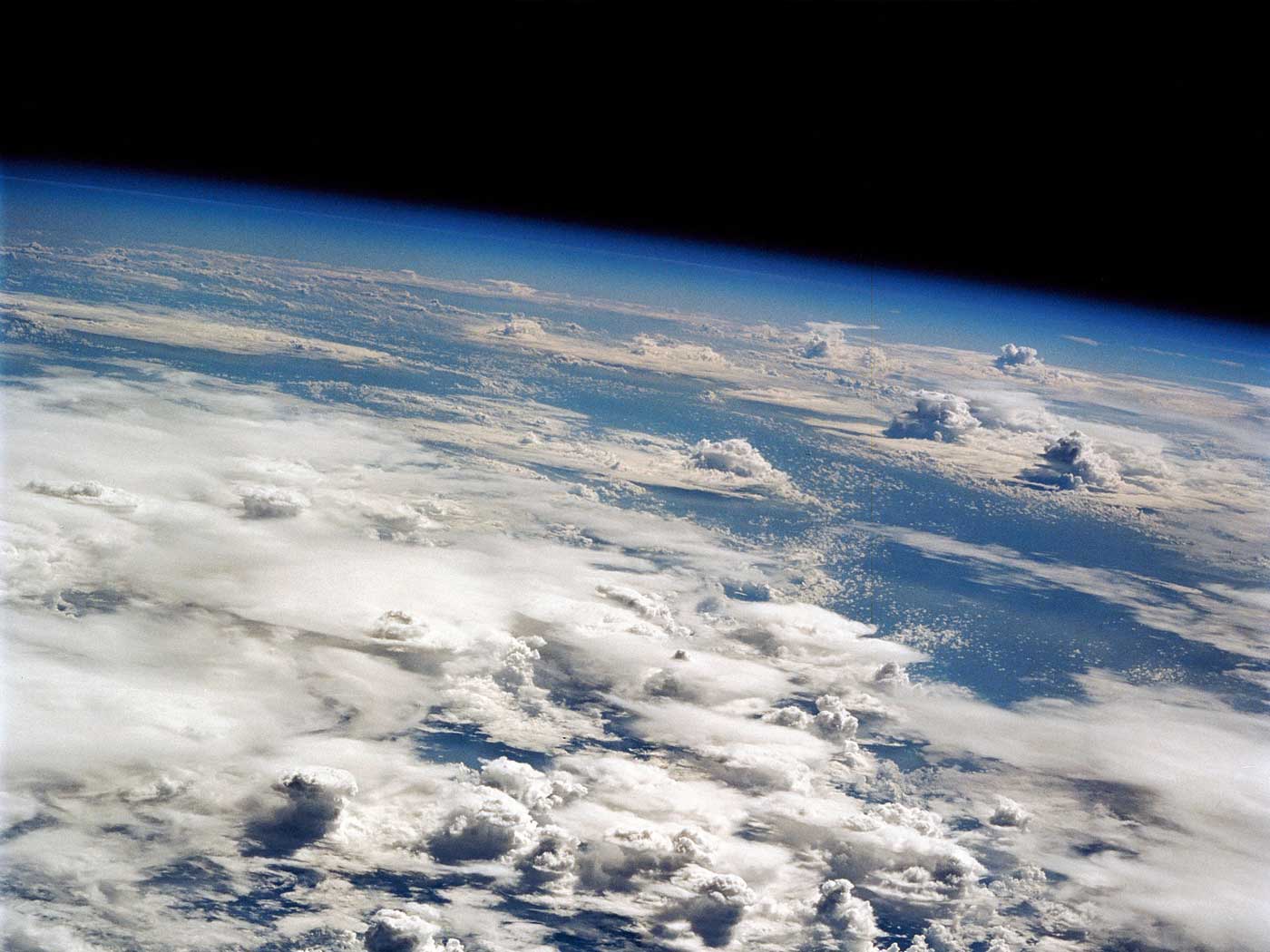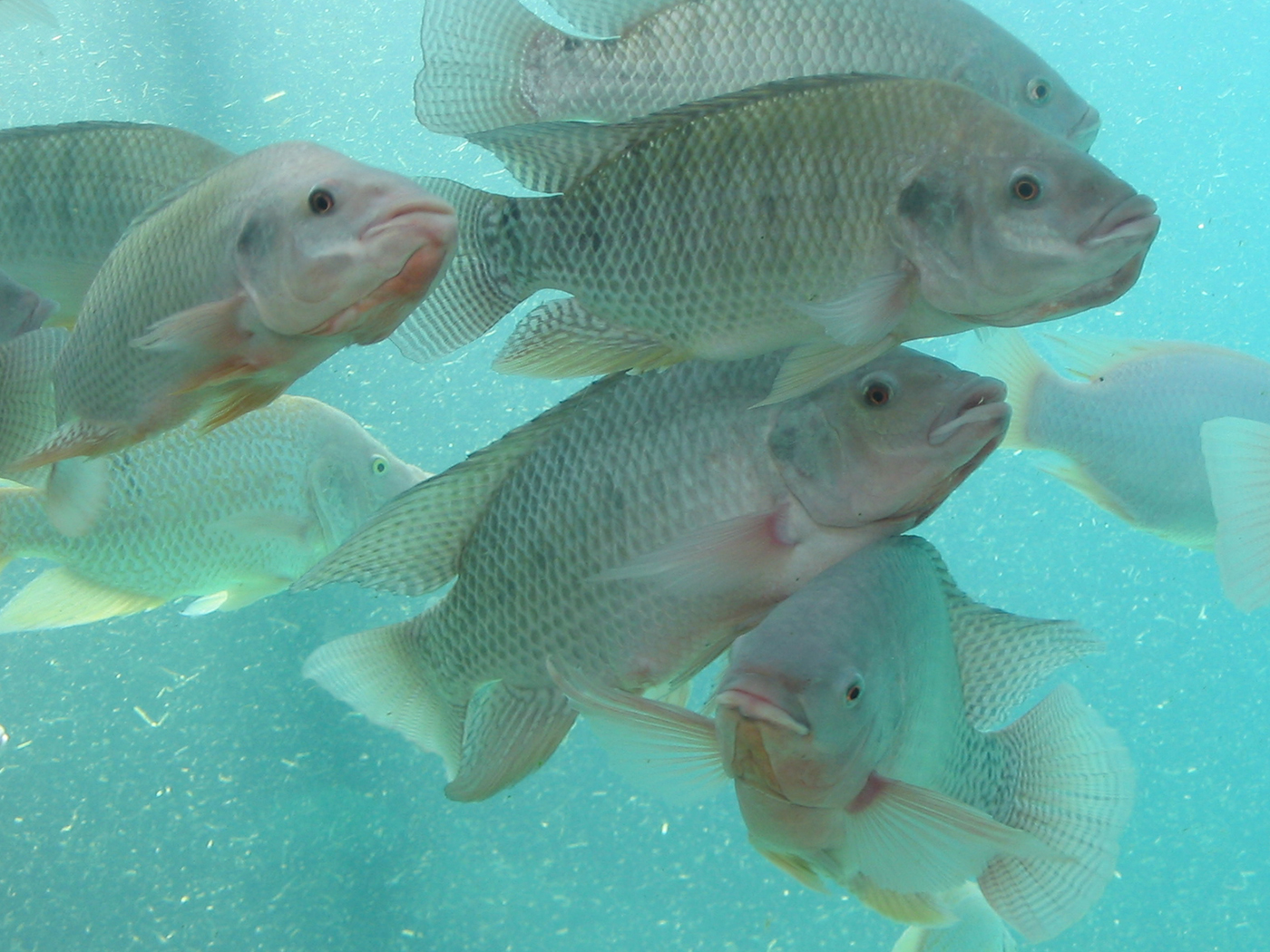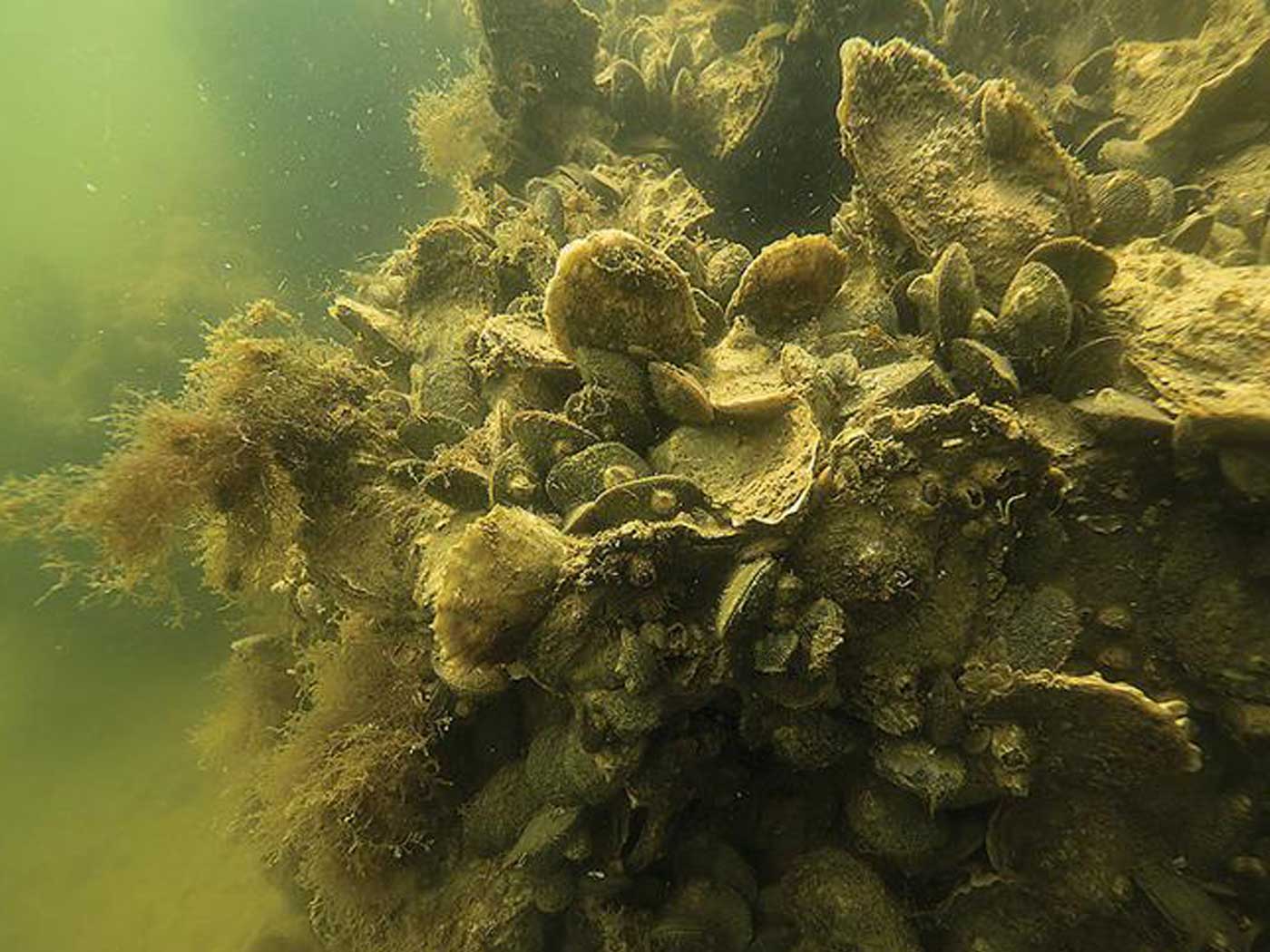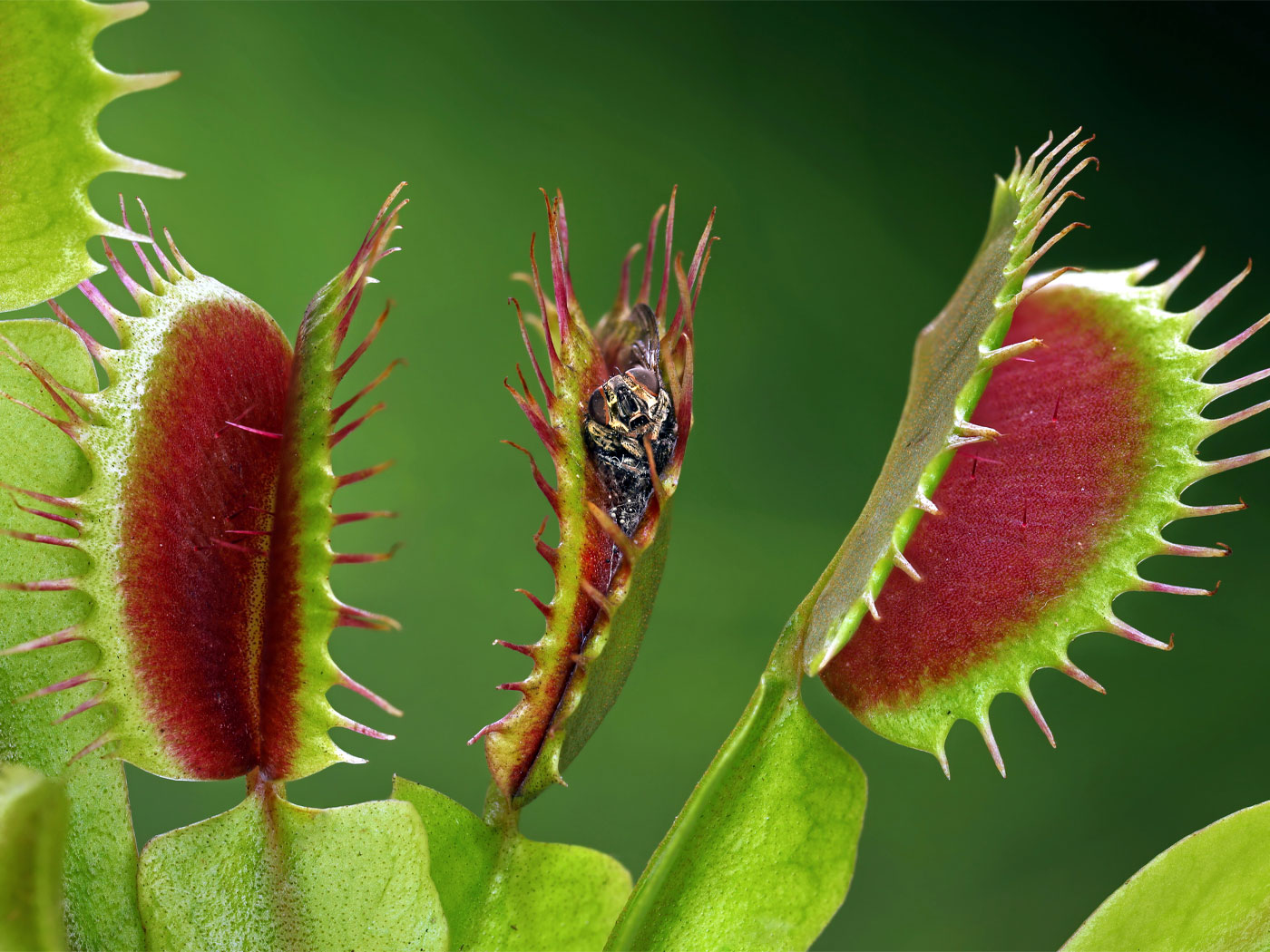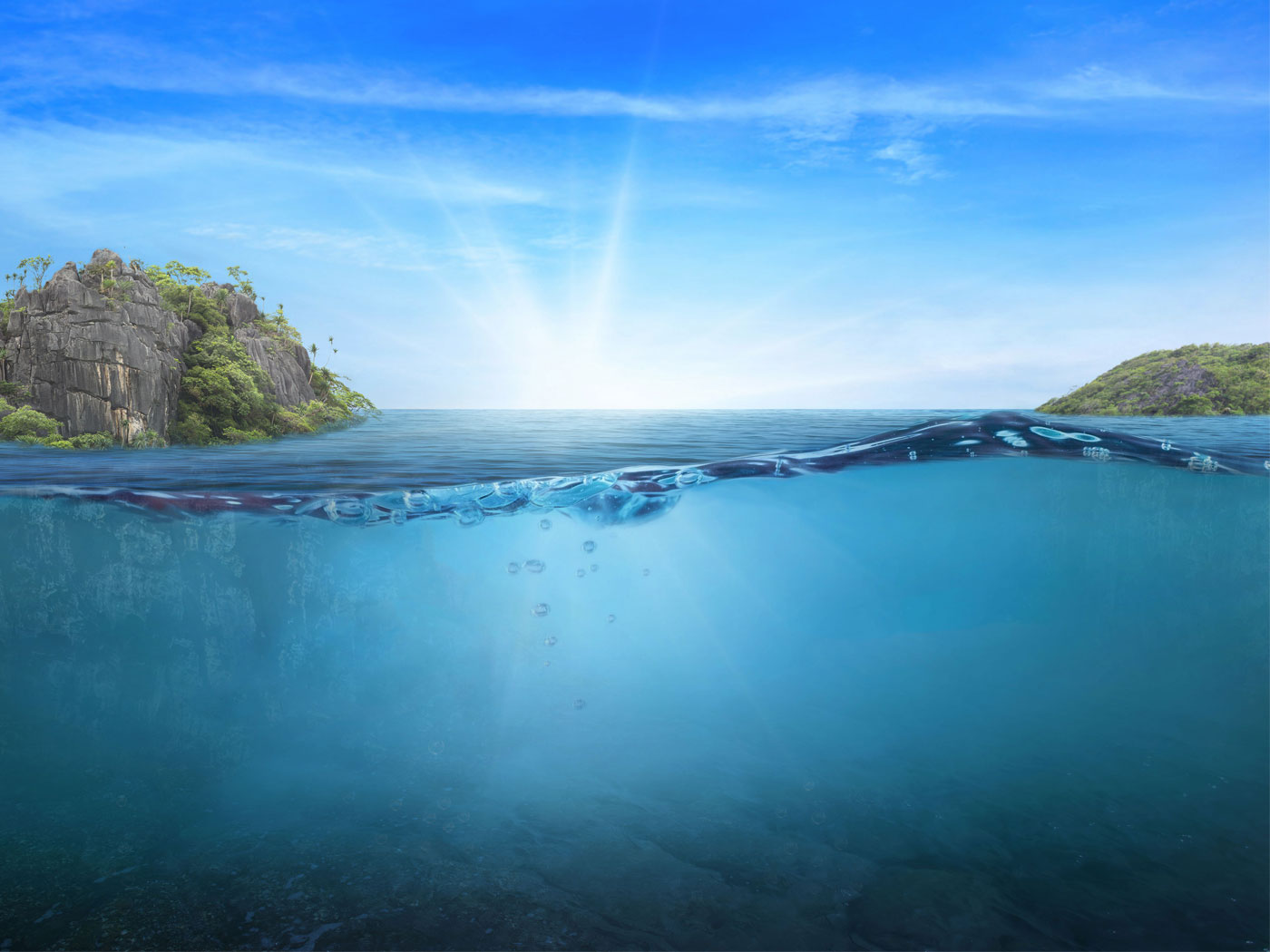These riparian habitat birds are indicators4 of freshwater stream quality, as noted below. Scientists study them to learn how badly freshwater streams are polluted—such as by non-biodegradable (non-decaying, indigestible) plastic waste products.2,3
Birds living on river banks are ingesting plastic at the rate of hundreds of tiny fragments a day, according to a new [May 2020] study. Scientists say this is the first clear evidence that plastic pollutants in rivers are finding their way into wildlife and moving up the food chain. Pieces of plastic 5mm or smaller (microplastics), including polyester, polypropylene and nylon, are known to pollute rivers.2
The recently published study in the ecology journal Global Change Biology notes how macro-plastics (plastics big enough for human eyes to see) and micro-plastics (plastics only visible by magnifying glasses or microscopes) have been littered ubiquitously as consumer and industrial wastes.3
Researchers at Cardiff University looked at plastic pollutants found in a bird known as a [European] dipper, which wades or dives into rivers in search of underwater insects. "These iconic birds, the dippers, are ingesting hundreds of pieces of plastic every day," said Prof Steve Ormerod of Cardiff University's Water Research Institute. "They're also feeding this material to their chicks."2
Many of these macroscopic and microscopic plastic wasters quickly enter lotic freshwater ecosystems, such as rivers and streams. They might also enter via indirect means, such as through storm sewer drainage systems that empty into freshwater streams and rivers.5
Rivers are a major route between land and sea for microplastics such as synthetic clothing fibres, tyre dust and other fragmenting plastic waste.2
When such pollution of freshwaters occurs, small lifeforms that live there encounter these plastic substances, sometimes receiving them internally. Such ingested plastics enter the food chains (and food webs) of both riverine (flowing freshwaters) and riparian (splash-bank edges of flowing freshwaters) habitats.2,3
Previous research has shown that half of the insects in the rivers of south Wales contain microplastic fragments. "The fact that so many river insects are contaminated makes it inevitable that fish, birds and other predators will pick up these polluted prey—but this is the first time that this type of transfer through food webs has been shown clearly in free-living river animals," said [Cardiff University’s] Dr Joseph D'Souza.2
If ingested plastics are not readily dispelled or digested by those life-forms that initially encounter and take in such plastics, then those plastic can become re-ingested (via predation) to repeatedly accumulate in food pyramids.
Presumably, these pollutants are received by apex predators (animals at the top of a food chain) who ingest concentrated amounts of such non-biodegradable pollutants.
[Because this study reveals] … that plastic is now being transferred through freshwater food webs, and between adult passerines and their offspring, these data emphasize the need to appraise the potential ecotoxicological consequences of increasing plastic pollution.3
But do these microplastics harm the dippers—or does the dipper digestive track simply discard the unhelpful microplastics as fecal waste? In humans, unhelpful cellulous fibers pass through our gut undigested, and are discarded as fecal wastes. So far, it appears that the microplastics do not physically accumulate inside the bird guts.
“The impacts on wildlife are unclear.”2 In other words, what harm is caused?
As an initial observation (which needs more scrutiny), it appears that the rate of trophic intake of micro-plastic pollutants is offset by a comparable rate of expulsion of those pollutants, perhaps indicating no obvious harm to the dippers whose digestive systems rejected the unwanted, unused micro-plastic materials.
Although characterized by uncertainty, steadyâ€state models using energetic data along with plastic concentration in prey and excreta suggest that around 200 plastic particles are ingested daily by dippers, but also excreted at rates that suggest transitory throughput. [emphasis added]3
So it appears that the ingested microplastics are transitory. If so, they pass through the bird’s gut, exiting without becoming affixed or incorporated within avian bodies.
Hopefully, these micro-plastics pass harmlessly through the digestive tracts of the European dippers, just as many undigested materials (many of which are toxins at some level) pass harmlessly through the human gut—as our immune system is actually strengthened by benign levels of exposure to toxins that we take in.
Accordingly, that fact should remind us that indigestible foods (including some foods that contain toxins) are often a lot less harmful to our lives, in the long run, than what we choose to occupy our hearts.6
So Jesus said, “Are you also still without understanding? Do you not yet understand that whatever enters the mouth goes into the stomach and is eliminated [literally, “expelled”]? But those things which proceed out of the mouth come from the heart, and they defile [pollute] a man. For out of the heart proceed evil thoughts, murders, adulteries, fornications, thefts, false witness, and blasphemies. These are the things which defile a man, but to eat with unwashed hands does not defile a man.”7
Meanwhile, as we strive to submit our hearts to God-honoring priorities, it’s never a good idea to pollute rivers or streams.8
Earth’s freshwater resources are ultimately God’s property. We are entrusted with them as temporary stewards to honor Him. We should use them such resources to appreciate His Creatorship and to benefit many members of His creation, even white-throated dippers.8
References
1. ICR’s appreciation for the white-throated dipper’s providential programming recently appeared in Johnson, J. J. S. 2020. The Bird that Walks and Flies Under Water. Acts & Facts. 49(6): 21.
2. Briggs, H. Pollution: Birds 'Ingesting Hundreds of Bits of Plastic a Day'. BBC News. Posted on bbc.com May 21, 2020, accessed June 1, 2020.
3. “Following previous observations that plastics occur widely in their prey, we used a field study of freeâ€living Eurasian dippers (Cinclus cinclus), to test the hypotheses that (1) plastics are transferred from prey to predators in rivers, (2) plastics contained in prey are transferred by adults to altricial offspring during provisioning, and (3) plastic concentrations in faecal and regurgitated pellets from dippers increase with urbanization.” Quoting D’Souza, J. M., F. M. Windsor, D. Santillo. 2020. Food Web Transfer of Plastics to an Apex Riverine Predator. Global Change Biology. 2020;00:1-12.
4. Birds—such as canaries—have been used as alarm-like indicators of air quality within underground mines, for many generations, to warn miners of occupational perils. See Colin Harrison, C., and H. Loxton. 1993. The Bird: Master of Flight. Hauppauge, NY: Barron’s Educational Series, 277. Likewise, freshwater crustaceans—such as crayfish (called “crawfish” in Louisiana)—have been monitored as indicators of freshwater quality, in lotic streams and drainage ditches. See Walls, J. G. 2009. Crawfishes of Louisiana. Baton Rouge, LA: State University Press, 1, 34-37, 52-54. Also, Brook Trout is another indicator of lotic freshwater quality, because it requires fairly pure water to survive and thrive. See Reshetiloff, K. 2016. Got Brook Trout? Then You’ve Also Got a Healthy Stream. Chesapeake Bay Journal. 26(8): 40.
5. Niering, W. A. 1998. Wetlands, National Audubon Society Nature Guide. New York, NY: Alfred A. Knopf / Chanticleer Press, 126-136. See also Johnson, J. J. S., W. L. Logan III, and M. J. Horton. 1996. Bogged Down Trying to Define Federal Wetlands. Texas Wesleyan Law Review. 2: 481-513 (especially pages 499-503), cited in Kirkorowicz v. California Coastal Commission, 83 Cal. App. 4th 980, 100 Cal. Rptr. 124, 31 Envtl. L. Rep. 20,168 (Cal. App. [4th Dist.] 2000), at footnote 9.
6. Matthew 15 reports Pharisees criticizing the food-eating hygiene habits of Christ’s disciples. Christ’s then clarifies how truly harmful pollution (“defilement”) of a person’s life occurs in sins of the heart (that produce sinful deeds), in contrast to how digestive “defilements” of foods—if eaten by unwashed hands—are routinely mooted by the digestive process’s normal elimination of undigested wastes (Matthew 15:10-11, 15:16-20).
7. Quoting Matthew 15:16-20, with 15:17 using a passive form of the N.T. Greek verb ekballô (“to expel”). Regarding other Scriptural portrayals of “pollution,” from God’s perspective, see Ezekiel 20:16 and Psalm 106:38.
8. See Revelation 11:18, on which Dr. Henry Morris (New Defender Study Bible notes) comments: “destroy the earth. The first commandment given to men was to “have dominion over the earth” and to “subdue” the earth (Genesis 1:26-28), acting as God’s steward for the good of mankind and the glory of God, but instead men have all but destroyed the earth with wars and greed. This dominion mandate is still in effect, and God’s judgment awaits the earth-destroyers.” See also Psalm 24:1-2.
*Dr. Johnson is Associate Professor of Apologetics and Chief Academic Officer at the Institute for Creation Research.




